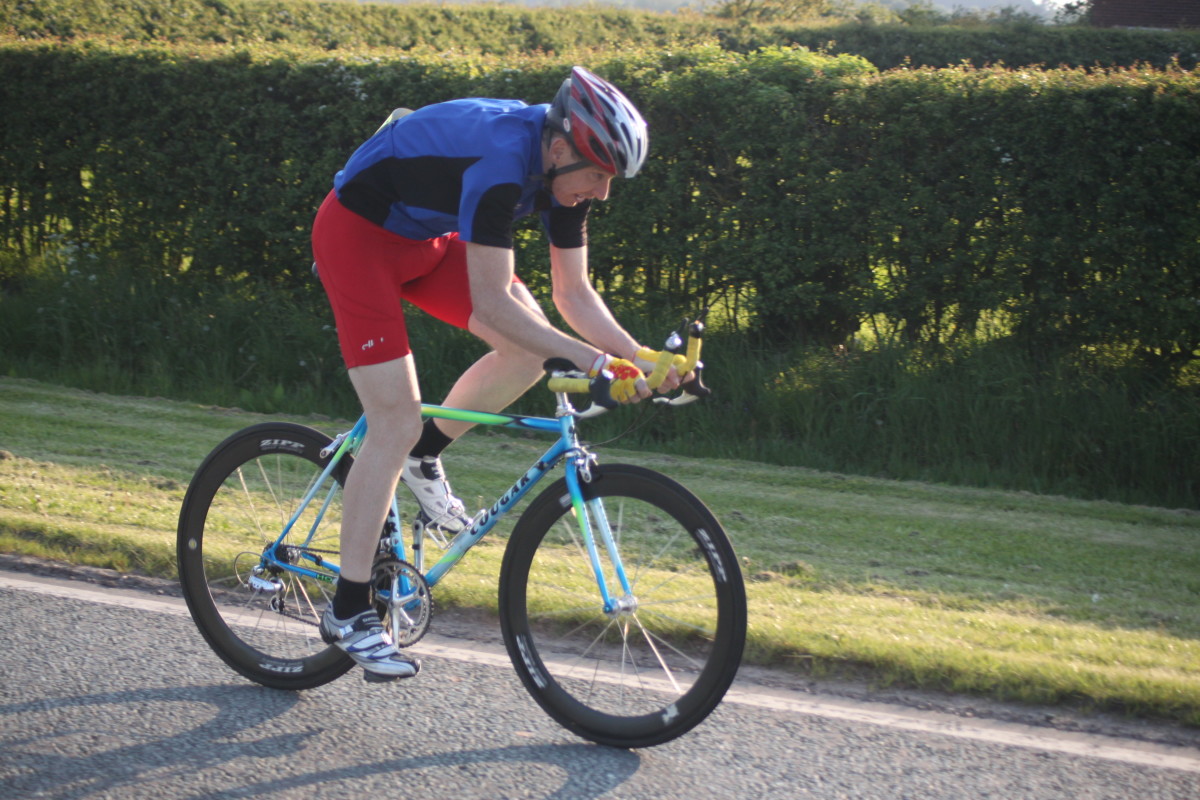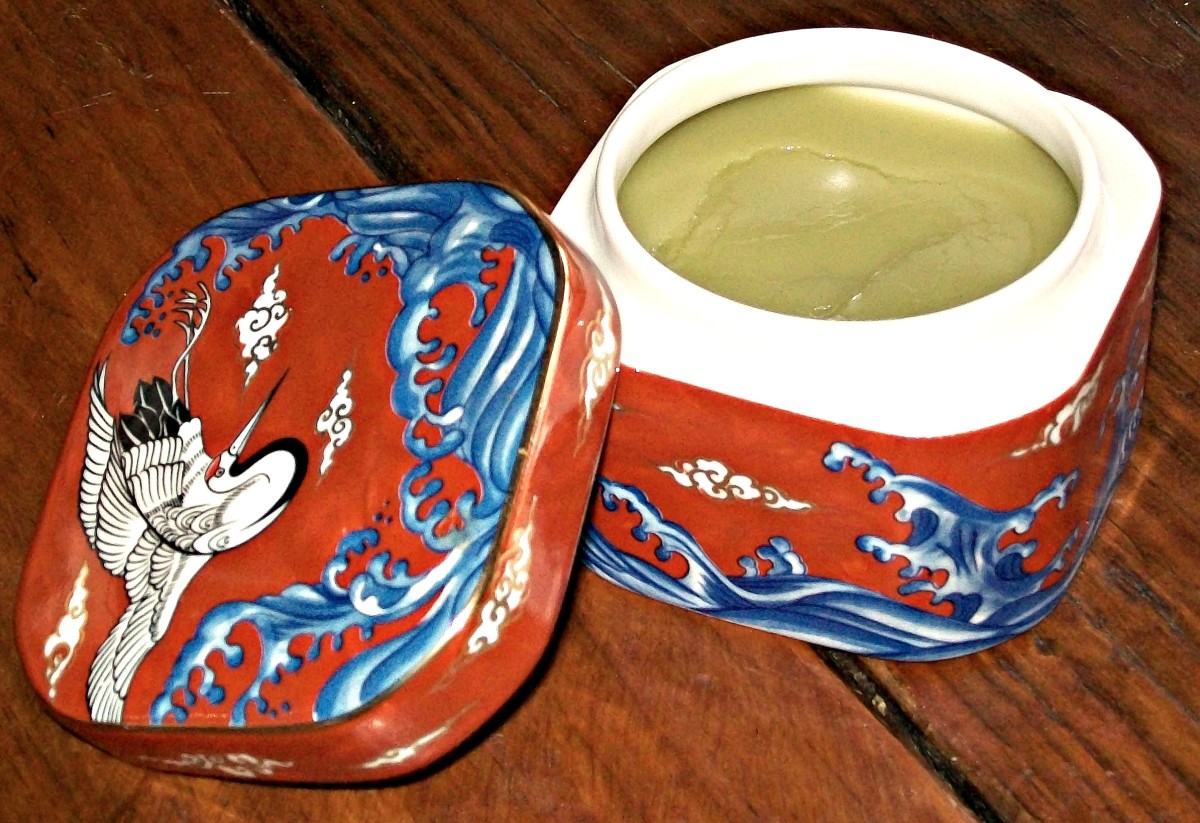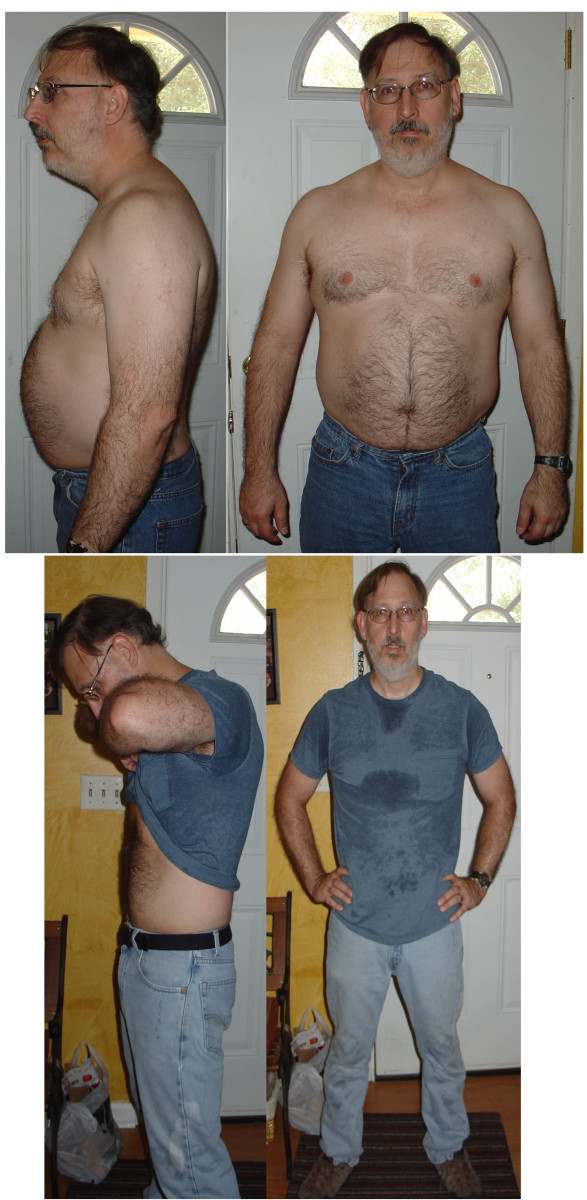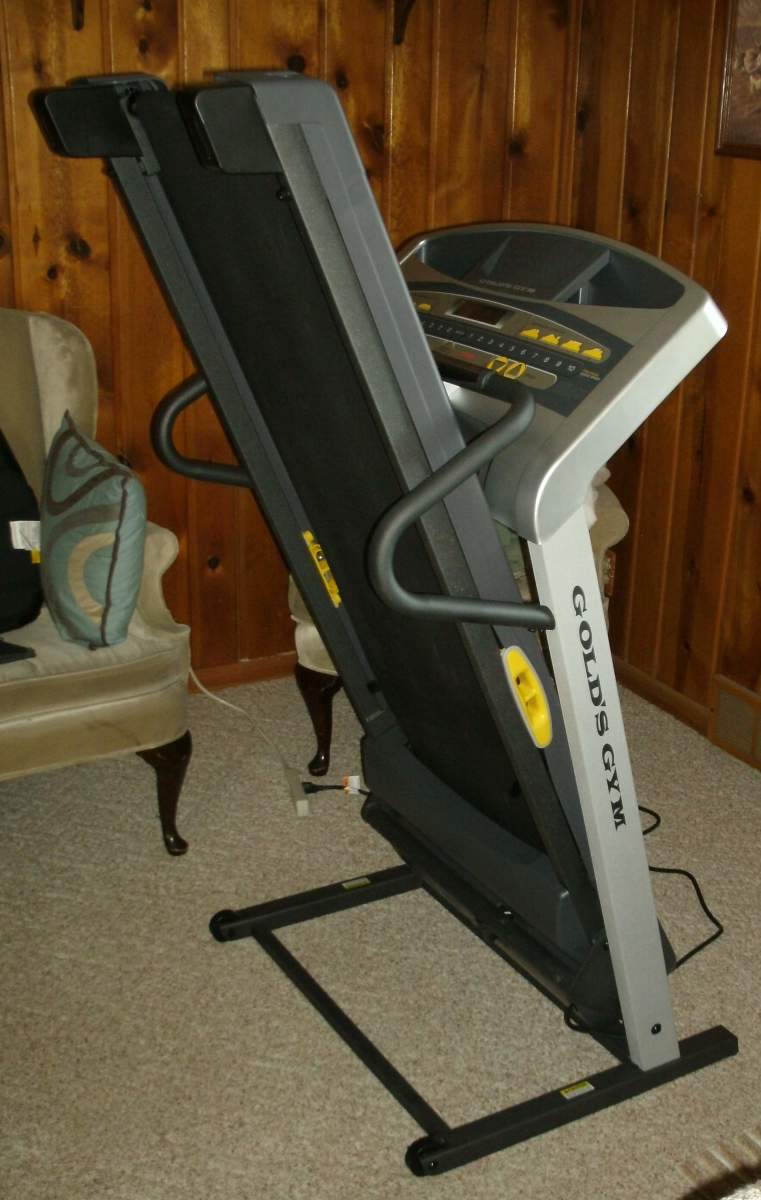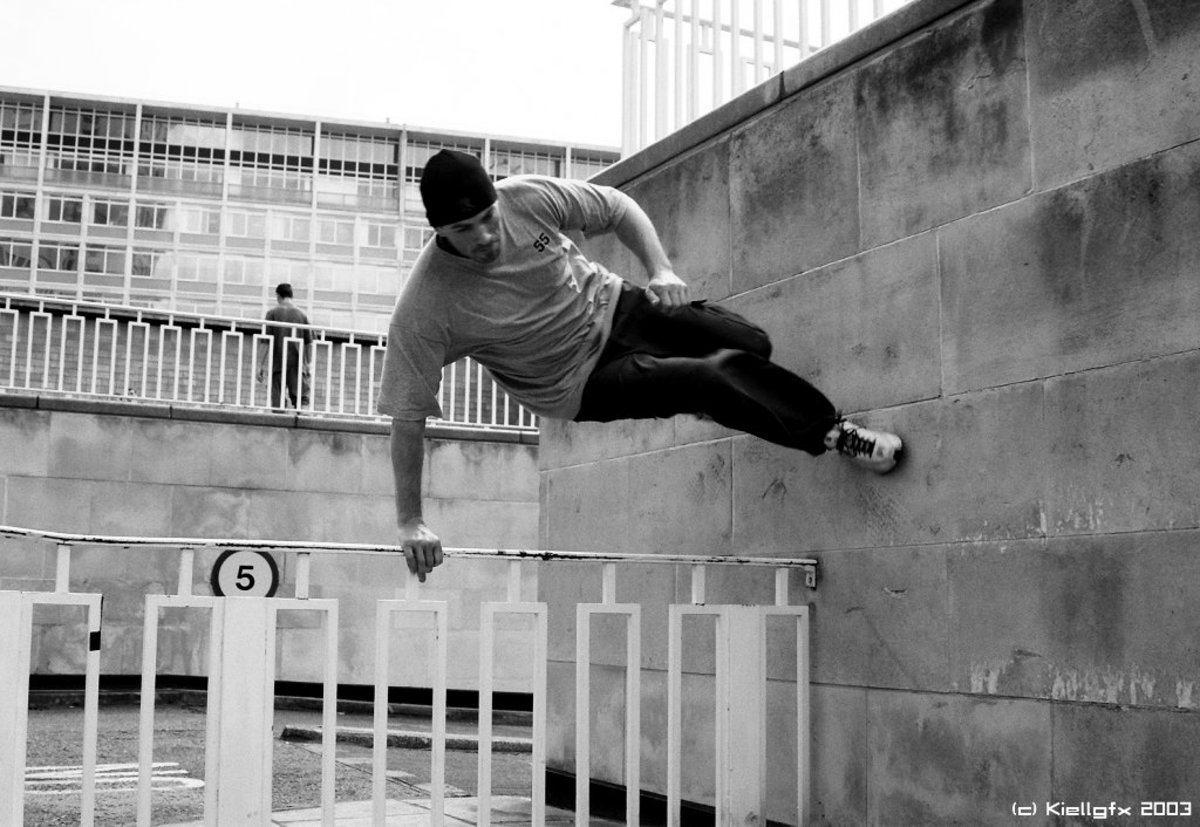Treating Muscle Pain and Recognizing Muscle Injury
Muscle Soreness and Muscle Injury
The grueling workout that flooded blood vessels, pumped up muscles and sent endorphins rushing throughout the body felt great while you were doing it, or at least after it was finished. But anyone who has ever taken the body to its limits, especially with resistance training, knows they can anticipate the delayed onset of muscle soreness (DOMS) which follows strenuous exercise.
DOMS is the general term for muscle soreness caused by the microscopic destruction of muscle tissue. It sets in 12-48 hours after the workout and can be painful enough to limit mobility for several days. Over-the-counter ibuprofen, massages, contrast baths, gentle active recovery and other treatments are all common recommendations for helping with the pain. However, if the pain persists beyond a few days, it can mean more than sore muscles, and it is time to see a doctor.
Sports and fitness related muscle injuries are common. The difference between soreness and injury are the symptoms:
-DOMS is typically a general soreness on both sides of the body.
-DOMS pain is reduced with gentle motion or exercise.
-DOMS usually disappears within three days.
-An injury often occurs to one side of the body.
-Injuries tend to worsen with continued activity.
-Injuries often persist long after the workout or activity that caused them.
Treating DOMS
Active recovery helps relieve muscle pain by increasing blood flow to the muscles, delivering oxygen and nutrients they need. Do not try to set any records during this time; light weights, slow movements and easy cardio are the key. Practice gentle yoga or other stretching as well.
Other suggestions include hot baths (or Jacuzzi,) hot/cold baths and massage. One professional soccer team even put their athletes in a cold room following practice to improve recovery time and lessen the impact of DOMS. Prevent injury or prolonged pain and avoid exercising the affected muscles with intensity until they are fully recovered.
Treating Injuries
If you suspect you have an injury, stop exercising the affected areas, or doing any activity which triggers the pain. See a sports medicine doctor as soon as possible and do not try to work through it. Allowing the injury to go untreated can make the problem worse; it will then be more difficult (and expensive) to treat and require additional recovery time.
When the injury is to soft tissue, such as a sprain, strain or muscle pull, most experts recommend using the R.I.C.E. formula for immediate treatment. R.I.C.E. stands for rest, ice, compression and elevation.
Rest: The ‘rest’ is obvious; don’t work an injured area. Rest it.
Ice: Immediate ice application after an injury happens helps reduce swelling. It also numbs the area and reduces pain. The general rule of thumb is to ice the area for 20 minutes at a time, giving the area time to re-warm after removing the ice pack.
Overuse of ice may interfere with the body’s natural healing mechanisms, so be mindful of how long it is left on the injured area.
Compression: The use of pressure on the injured area reduces swelling and pain as well. A sports sleeve or cloth bandage provides ample compression, but it should not be so tight that the area is throbbing.
Elevation: This step also reduces swelling by limiting blood flow to the area. Ideally, the injury should be raised above heart level.
This treatment works best when applied immediately following injury. If pain and swelling do not improve within 48 hours, see a sports medicine specialist.
Muscle soreness is an indicator of a good workout that will cause positive adaptations in the body. Persistent, acute and isolated pain may cause just the opposite. If you suspect an injury, don’t wait to have it treated. The sooner you take care of it, the faster that body will be back in action.
***Please note: I have researched this topic and provided what I believe to be accurate information. However, I am not a medical professional, and this hub is not intended to represent medical advice.
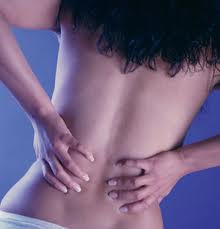
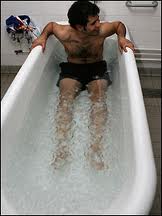
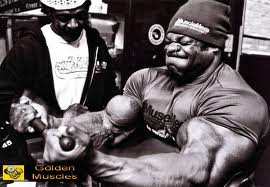
Continue Reading >>>
- How to Strengthen the Rotator Cuff
The rotator cuff is a tendon attaching to four muscles connecting the arm to the shoulder blade (scapula) They can be remembered by the acronym S.I.T.S which stands for supraspinatus, infraspinatus, teres... - How to Build Strong Back Muscles
The muscles of the back are primary movers in many everyday activities. Because of this, a strong healthy back does make a difference in quality of life. Not to mention, well-developed back muscles are... - A Well Rounded Shoulder Workout Routine
Building big, strong shoulders muscles seems pretty straightforward. I mean, press something up in the air and you activate the shoulder muscles, what's the big mystery? While shoulder presses are a key to... - Big Strong Arms Workout Routines
Why workout to get big arms? For starters, the upper and lower arm muscles are involved in almost any activity we do. Even though we are admonished to lift with our legs, most lifting cannot avoid the... - Suspension Training Applications to Football Training
Football demands a high level of strength, agility and power from its athletes, and football training programs have always reflected this. Heavy lifting combined with conditioning and agility drills help... - Practicing Prenatal Yoga throughout Pregnancy
Maintaining a regular yoga practice while pregnant has many benefits. Yoga is a wonderful way to release stress from the mind and body and becomes even more important as the body goes through advanced stages...



